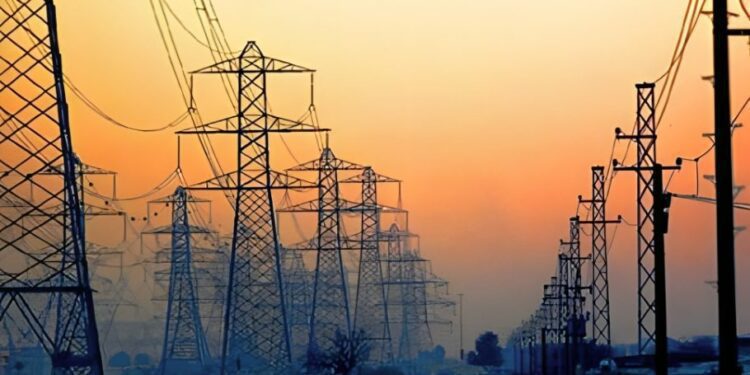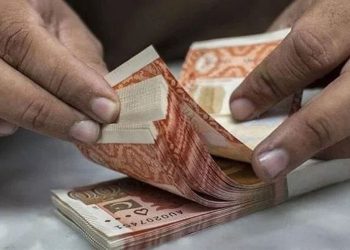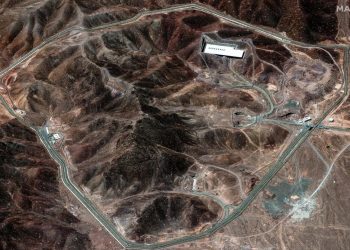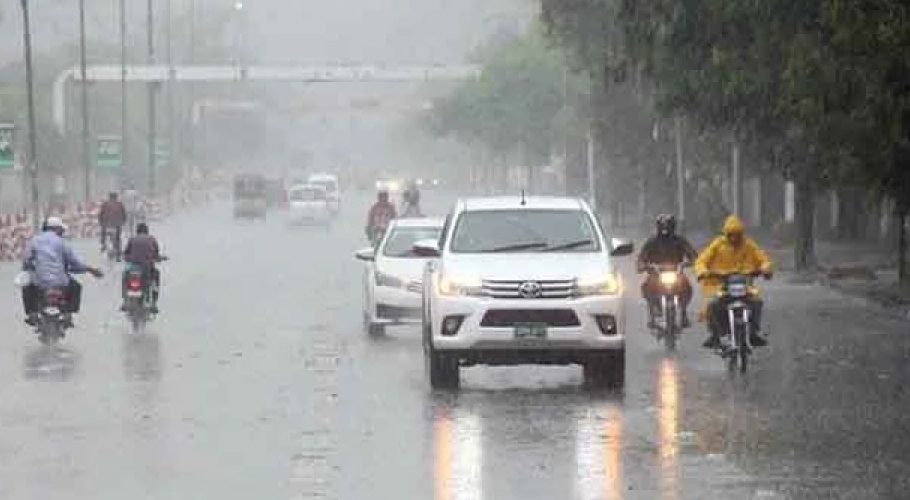The National Electric Power Regulatory Authority (NEPRA) has identified considerable mismanagement within Pakistan’s power distribution sector, unveiling concerning information regarding the rising circular debt.
As indicated in the State of Industry Report 2024, the circular debt in the power sector escalated to an alarming Rs2,393 billion by June, primarily due to inefficiencies within power distribution companies.
Key Findings
Escalating Circular Debt
Of the total Rs2,393 billion, Rs900 billion is linked to electricity defaulters.
Transmission losses contributed an additional Rs276 billion.
Ineffective consumer collection led to a Rs314 billion rise in circular debt.
Capacity Payments and Consumer Impact
Consumers have shouldered the financial repercussions of mismanagement, incurring Rs17 per unit in capacity payments. NEPRA reported that 66% of the nation’s electricity generation capacity was unutilized during the initial 24 hours of 2023, further increasing costs for consumers.
Transmission Losses and Delayed Subsidies
Last year, transmission losses surpassed 18%, while the delay in government subsidies adversely impacted the performance of power distribution companies. Both the federal government and the Punjab province failed to provide timely subsidies, worsening the situation.
Increase in Solar Energy Adoption
In spite of these challenges, the report noted a significant rise in solar energy usage, with the number of solar consumers reaching 156,000 in 2024. The capacity for solar net metering expanded to 2,200MW, indicating a growing public interest in renewable energy sources.
Electricity Generation Capacity
Pakistan’s total electricity generation capacity is recorded at 45,888MW. However, NEPRA pointed out that a substantial portion of this capacity remains underutilized, leading to inefficiencies within the sector.
NEPRA has underscored the critical need to rectify irregularities in the power sector and to lower electricity prices. The authority has called for enhanced efficiency, a reduction in transmission losses, and the timely provision of subsidies to ease the financial burden on consumers.


































